How to eat nettles without being stung, by expert forager John Wright
The nettle is probably the first plant most of us can remember, thanks to its harsh sting, but it's also delicious deep fried and useful as a natural medicine.
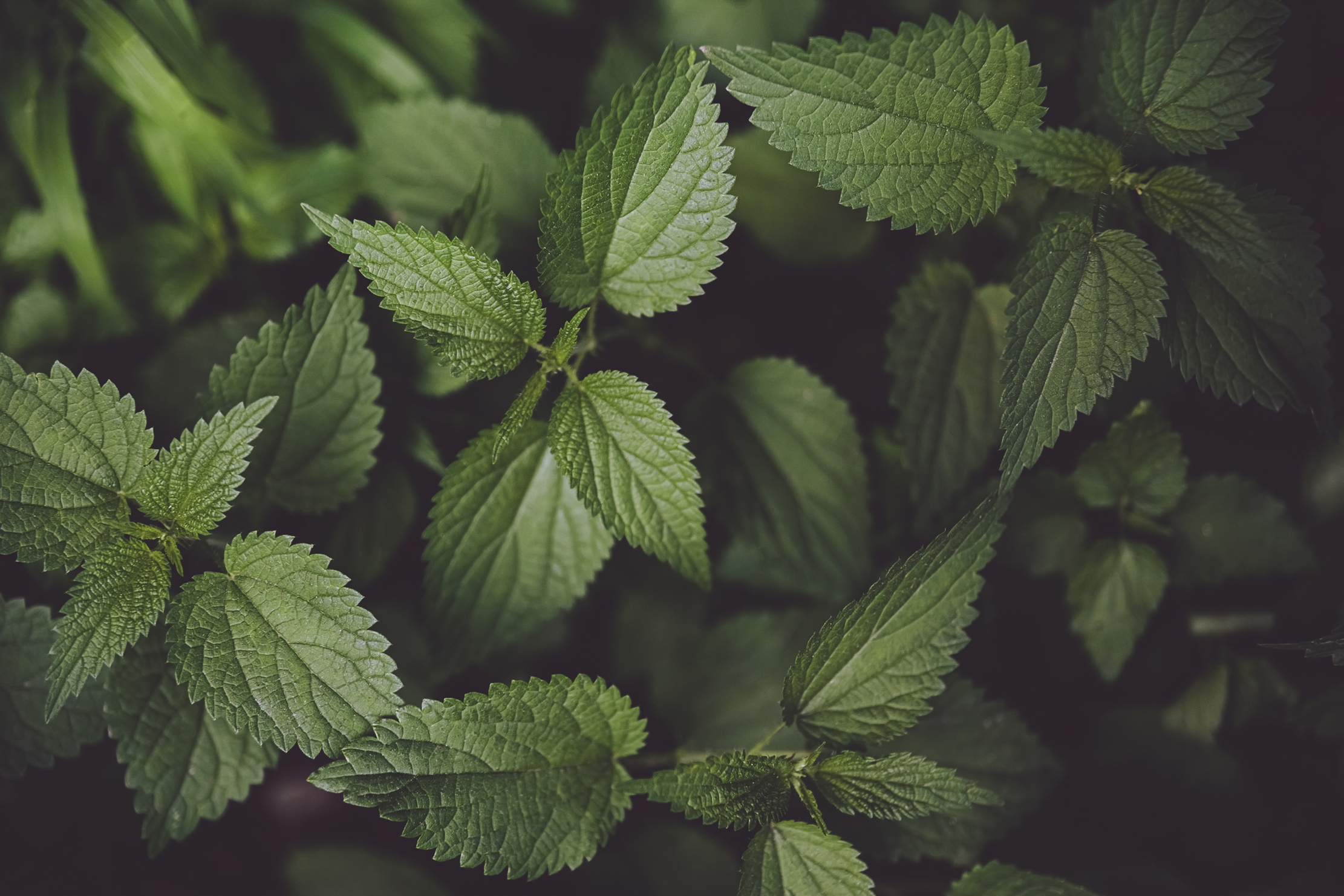
The stinging nettle or nettle, Urtica dioica, is almost certainly the first wild plant that came to your attention. Perhaps, when you were still in short trousers, your grandmother insisted you sit on a bench through which nettles grew, as happened to your correspondent in about 1955. I also remember the forget-me-nots in that garden, but then I suppose one would.
Nettles are covered with two types of hair: short hairs to deter invertebrate larvae and long hairs that deter grazing animals, including humans. The long hairs are fine, hollow cones, swollen at the base. They are made of a tough, calcified material for most of their length, with a pure silica tip. On contact, the tip enters the skin and snaps off. The toxins are injected under pressure and you exclaim: ‘Ouch!’
Among the cocktail of toxins injected are formic acid and serotonin, which cause an initial mild pain. Two other ingredients are oxalic and tartaric acid and these cause both initial pain and pain that can last upwards of 12 hours. One must presume that the ‘plan’ is to make an animal draw back on touching the plant, then provide it with a lasting reminder of what happens if you mess with nettles.
Nettles have long been consumed by humans. Cooking or blanching destroys the stinging needles, so there are no concerns about eating them. Can you eat nettles raw? Yes, but you must break the needles by quickly running your fingers down a leaf, then rolling it into a tight ball — otherwise known as ‘grasping the nettle’. The flavour is pleasant and you won’t get stung. Probably won’t, anyway.
"The stinging nettle is both highly nutritious and protective or curative of many maladies. It ticks every box claimed by kale"
When collecting in bulk, always go equipped with rubber gloves and tough outdoor clothing. Only pick the tips — the top 3in or so, consisting of three to four opposite pairs of leaves. The entire tip will be edible, as the stem at this point will still be soft. It is also worth drying and powdering some for use out of season. Never collect them once the flowers appear, however, as the mature plant produces tiny calcium-carbonate ‘cystoliths’ that can block up your kidneys. Nettles are around from early spring onwards and can produce multiple crops through to November if cut back periodically.
Although not related to spinach, nettles can be used in any of its recipes save salad. Soup is the most familiar recipe and it takes a lot of beating, provided it is thickened with, say, potato and is based on a good stock. The most exciting recipe, however, is deep-fried nettle tips. Drop half a dozen into a good cooking oil at 180˚C. Wait until they stop fizzing, count to seven and then scoop them onto a kitchen towel to drain and cool. They look miraculous and taste wonderful.
More wonderful still is that the stinging nettle is both highly nutritious and protective or curative of many maladies. It ticks every box claimed by kale, plus several more, and has been highly prized throughout history. It is impossible here to list all the plant’s nutritional or medical benefits, but I implore you to look them up. Do, however, stick with those that seem sensible — the Anglo-Saxon idea that it can protect you from being ‘elfshot’ (random pains, apparently) seems unlikely, excepting that imaginary illnesses often succumb to imaginary cures.
Exquisite houses, the beauty of Nature, and how to get the most from your life, straight to your inbox.
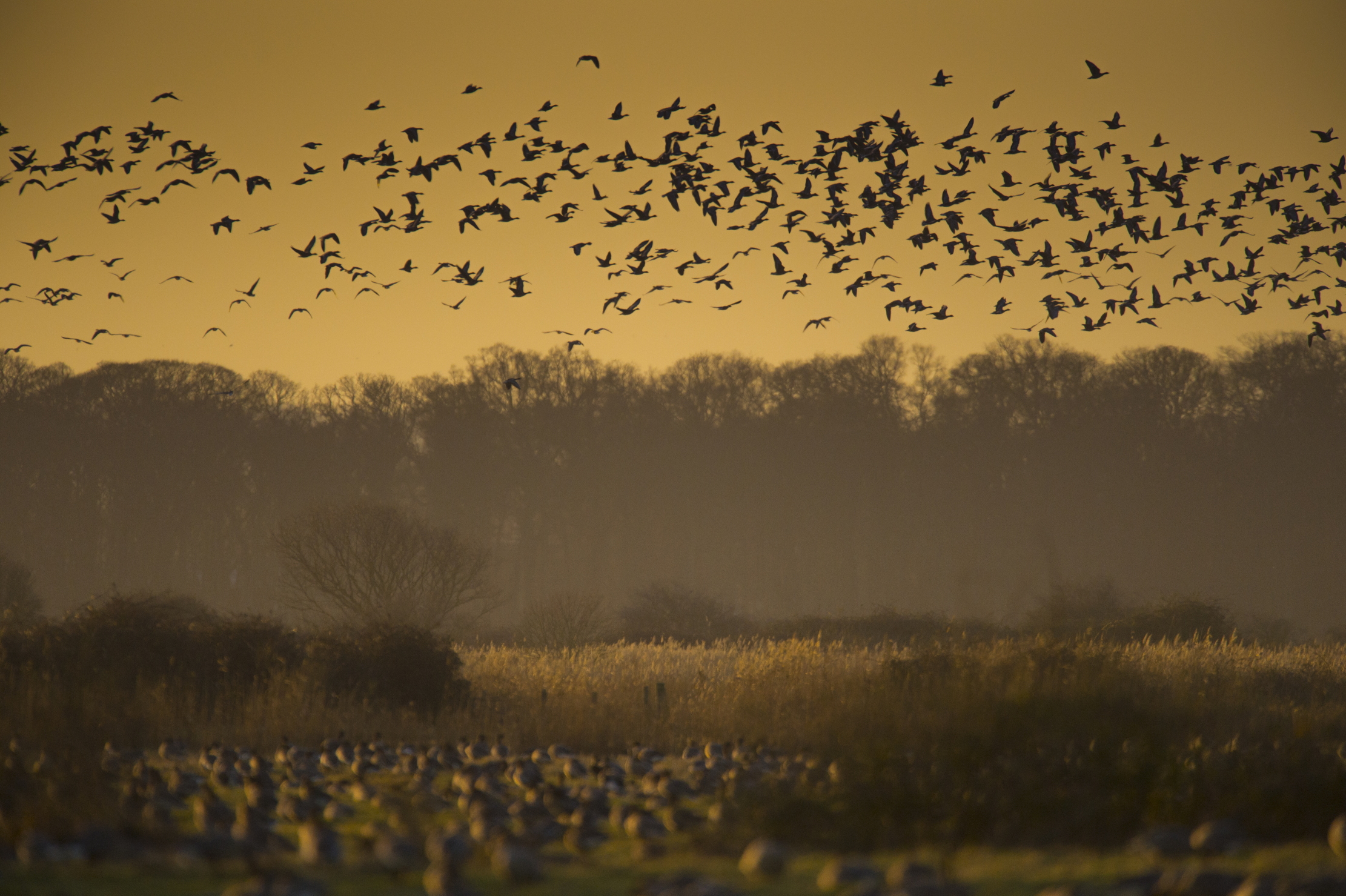
Sir Peter Scott: the Olympic sailor, national glider-flying champion and Second World War veteran who became the father of wildfowl conservation
As well as helping found the WWF and designing its panda logo, he also took part in a hunt to
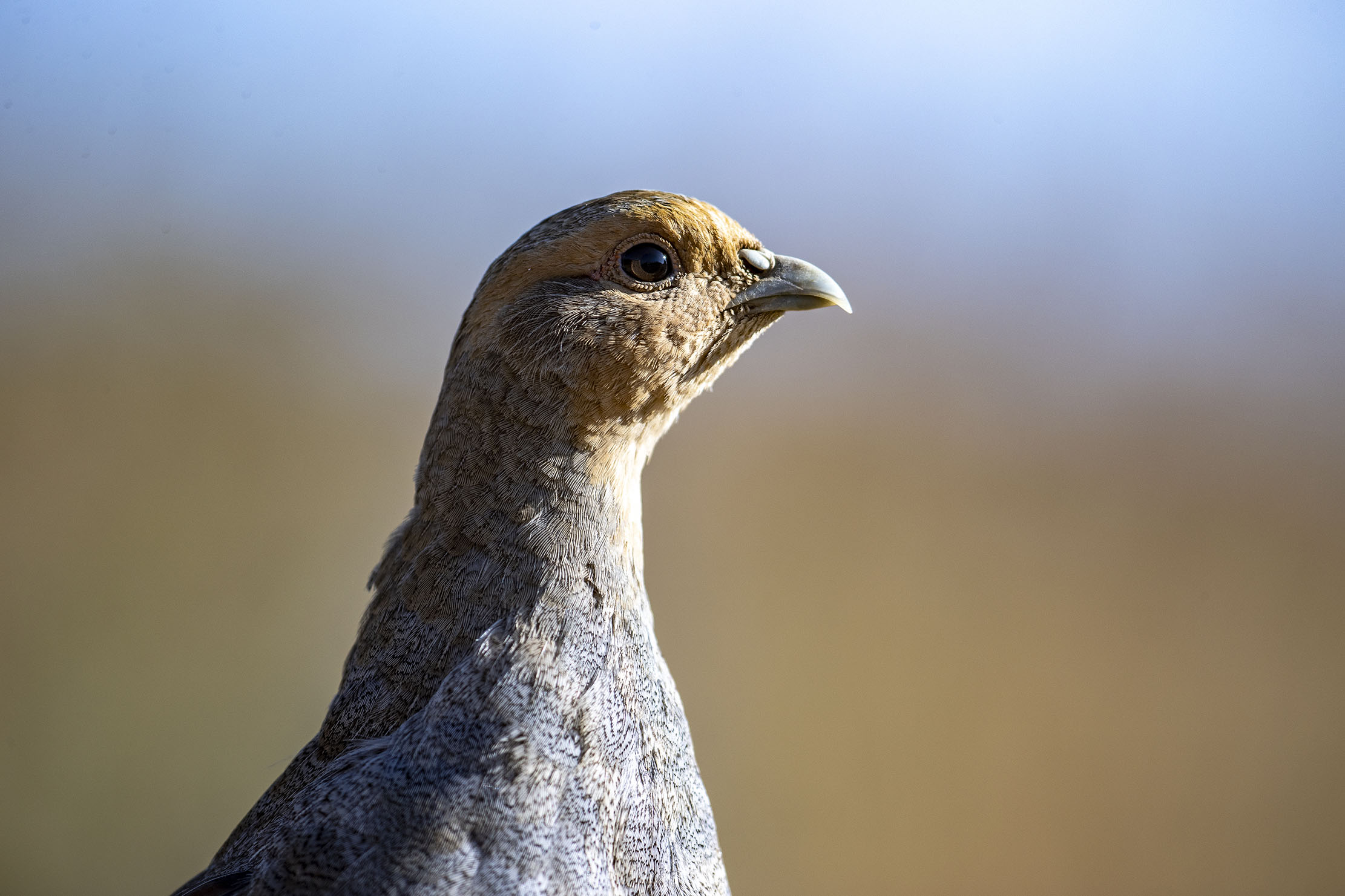
Credit: Tarquin Millington-Drake
Tarquin Millington-Drake's tale of 500 hours, 45,000 photos, and the endless subtlety of the wild grey partridge
Photographer and author Tarquin Millington-Drake's dedication to capturing wild grey partridge is extraordinary. Paula Lester went to meet him.
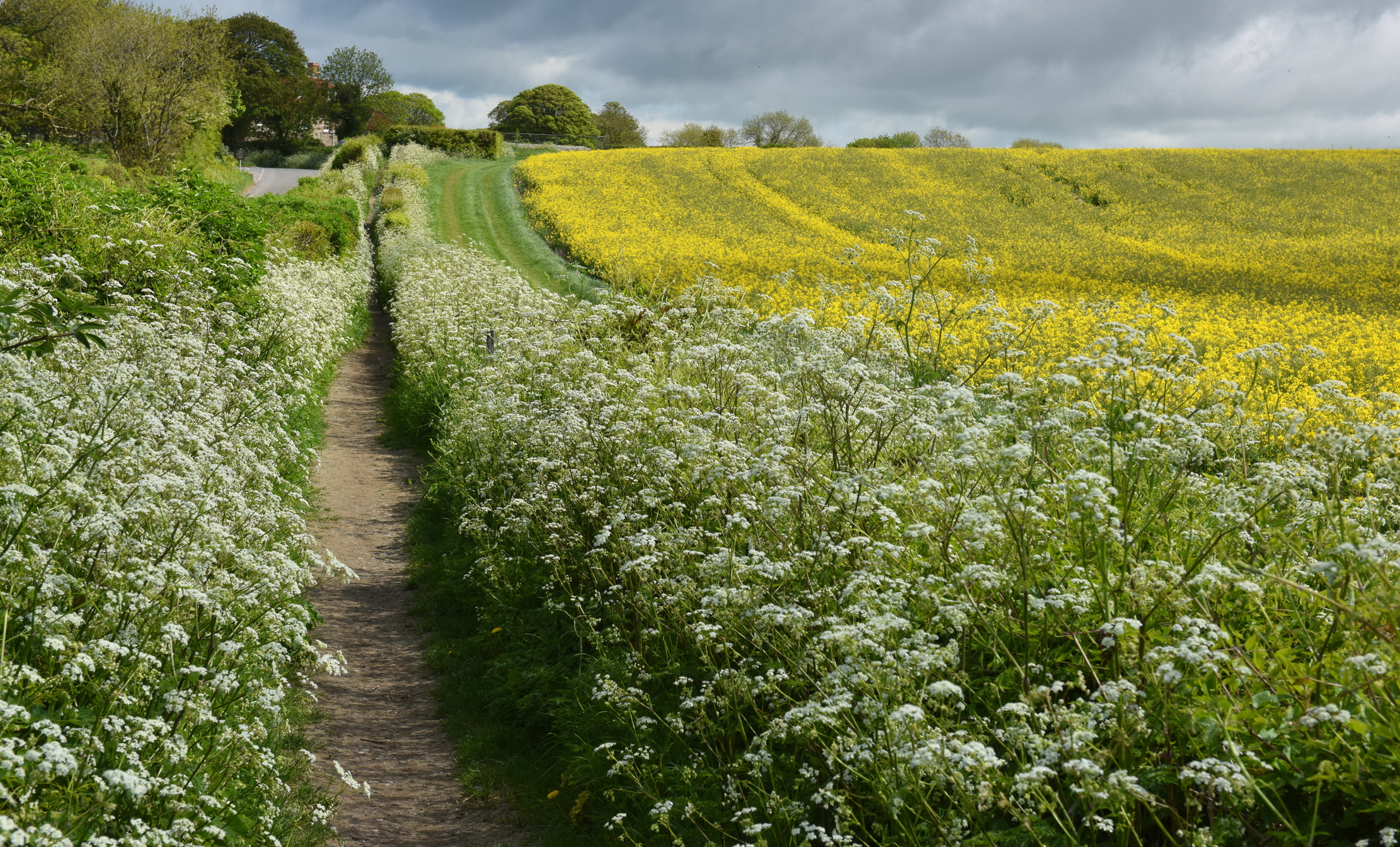
Credit: istockphoto via Getty Images
'The most important spring landscape flower in Britain' that 'engulfs everything in its path' — The unstoppable exuberance of the frothing cow parsley
A vital source of food in early spring for insects, cow parsley has taken control of the nation's roadside verges,
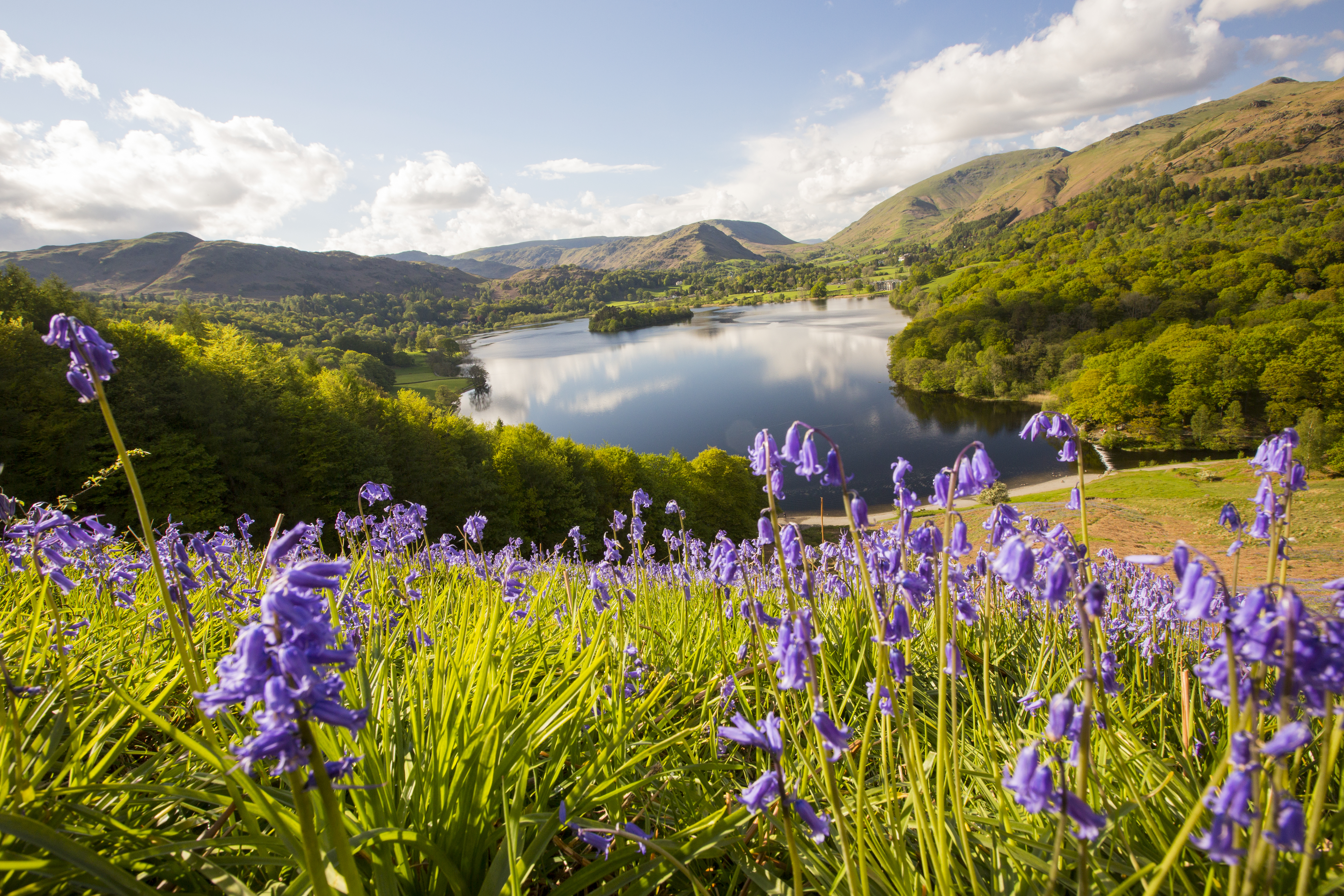
18 of the best places across Britain to go and see bluebells this spring
We round up the best gardens to visit to see carpets of bluebells this spring and explain how to tell